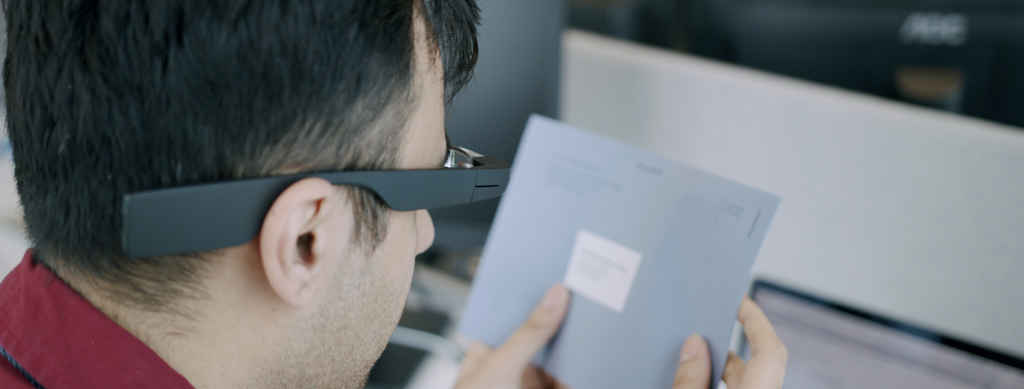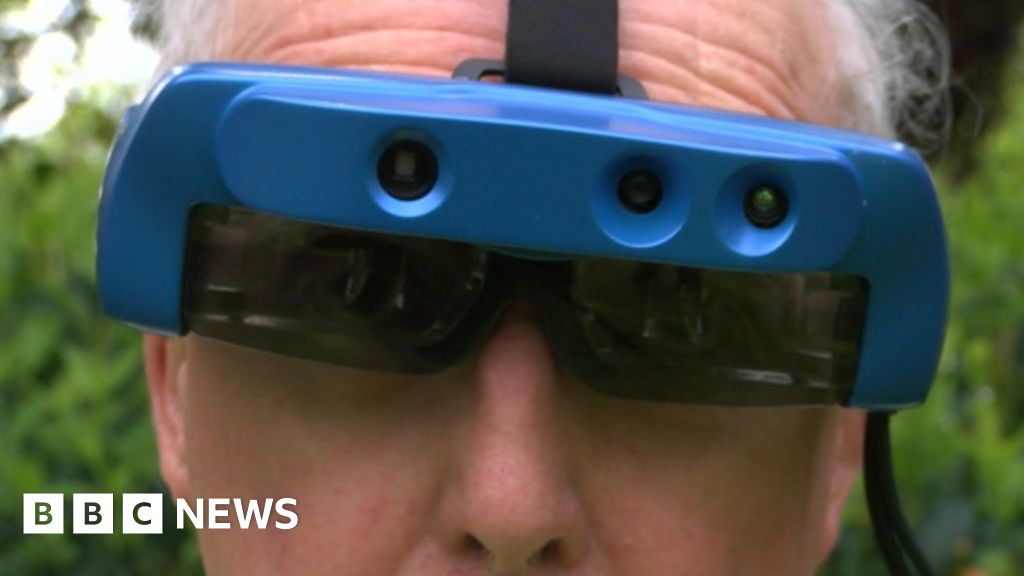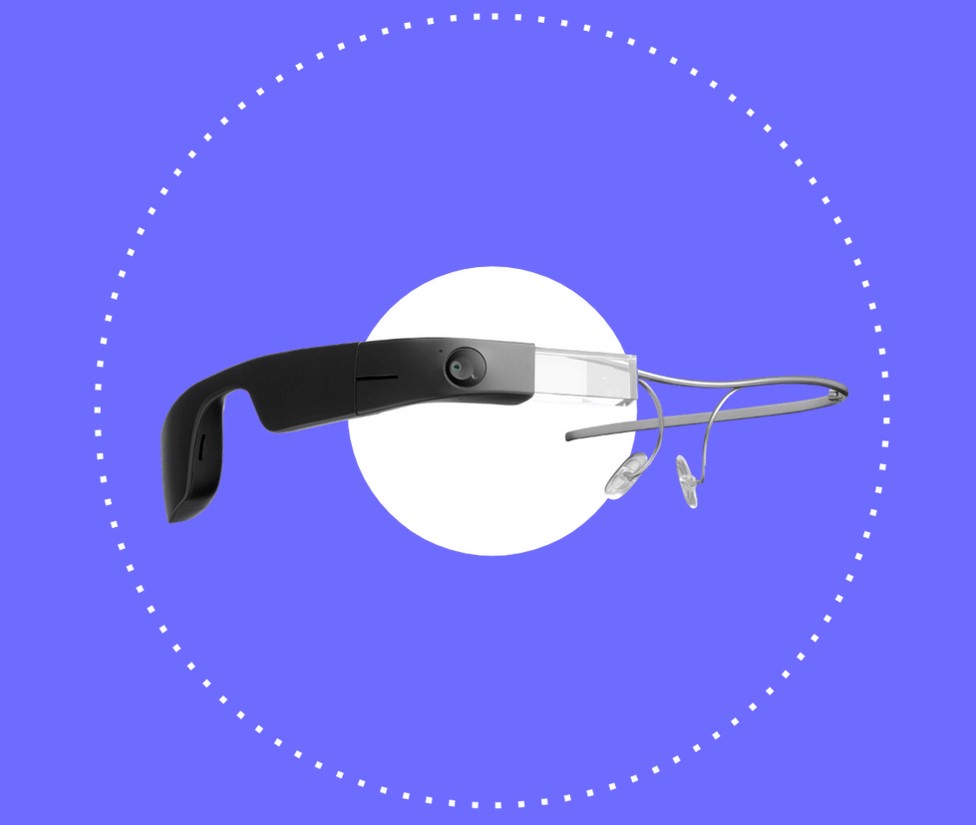Speech-to-Text Devices for Low Vision Users: Enhancing Communication and Productivity
Speech-to-Text Devices for Low Vision Users: Enhancing Communication and Productivity
Blog Article
Empowering Freedom With Assistive Modern Technology for the Blind
The assimilation of assistive modern technology for individuals that are aesthetically damaged or blind represents a significant development in promoting self-reliance and improving lifestyle. With a variety of devices-- from screen readers to innovative tactile devices-- these modern technologies not just facilitate navigation and interaction yet also advertise social inclusion and participation in numerous elements of life. As we explore the diverse sorts of assistive gadgets and their real-world applications, it comes to be clear that the influence is profound. The advancement of this technology increases critical questions concerning ease of access and future advancements that require additional assessment.
Understanding Assistive Modern Technology
Although assistive innovation has actually developed considerably for many years, its fundamental objective stays the same: to boost the lifestyle for individuals with handicaps, especially those that are blind or visually impaired. This innovation incorporates a broad variety of tools and devices that assist in freedom and capability in day-to-day activities.
Assistive modern technology can be classified right into low-tech and state-of-the-art solutions, each created to fulfill specific demands. Modern gadgets commonly consist of software application applications, specialized equipment, and flexible devices that make use of innovative innovation to give support in different contexts. Alternatively, low-tech solutions may involve everyday products that are modified to boost ease of access, such as magnifiers or tactile markers.
The combination of assistive innovation right into the lives of people that are blind or visually harmed not just advertises autonomy but additionally fosters social addition and involvement in professional and academic settings. By leveraging these technologies, users can navigate their environments, gain access to info, and communicate properly, consequently enhancing their general quality of life. Recognizing assistive modern technology is critical for caretakers, advocates, and experts that intend to support people in optimizing their prospective and achieving greater independence.
Types of Assistive Gadgets
Assistive gadgets for the aesthetically impaired and blind are important tools that boost daily living by addressing specific challenges encountered by customers. These gadgets can be generally classified right into three major kinds: optical devices, digital tools, and sensory gadgets.

Sensory gadgets, such as Braille displays and tactile maps, provide alternative means to obtain information. Braille presents convert electronic text into Braille, allowing customers to review touch. Responsive maps supply spatial understanding via increased appearances and lines, permitting for better ecological understanding.
With each other, these assistive gadgets equip individuals with aesthetic disabilities to engage more completely with their environments, promoting greater self-reliance and confidence in day-to-day tasks.

Effect on Daily Life
The integration of assistive innovation into the day-to-days live of people who are visually damaged or blind dramatically enhances their capability to communicate and navigate with the world around them. Devices such as screen readers, Braille shows, and mobile applications facilitate access to info, permitting customers to engage with electronic content, communicate internet properly, and take care of daily tasks individually.
Additionally, innovations like wise glasses and navigation applications offer real-time assistance in unfamiliar environments, boosting wheelchair and confidence. These tools enable customers to recognize challenges, checked out signs, and also acknowledge faces, thus fostering a feeling of freedom in public areas. Additionally, home automation systems, which can be managed with voice commands, allow people to manage their living environments better, improving comfort and safety.
The impact of assistive technology extends beyond useful tasks; it advertises social addition and emotional well-being. By linking the void between people and their surroundings, these innovations encourage customers to participate totally in community activities, pursue academic opportunities, and take part in purposeful partnerships. Ultimately, the advancement of assistive innovation is crucial in redefining the possibilities for people who are visually impaired or blind, leading to an extra accessible and comprehensive society.
Success Stories and Endorsements

Another powerful testimony comes from Mark, a recent university grad that made use of display reading software throughout his academic trip. This modern technology allowed him to access program products and participate in discussions, inevitably causing his effective change right into the workforce. Mark debts assistive technology for equipping him to accomplish his occupation goals, emphasizing its function in leveling the playing field for individuals with aesthetic problems.
In addition, recreation center have actually reported increased participation in their programs thanks to the introduction of easily accessible digital systems. These systems have made it much easier for people to link, share resources, and assistance one an additional. These success tales collectively highlight the extensive result of assistive technology in cultivating self-reliance, enhancing top quality of life, and damaging down obstacles for the visually impaired and blind neighborhood.
Future Fads in Assistive Tech
Arising technologies are poised to transform the landscape of like it assistive technology for people who are blind or visually impaired. Technologies in expert system (AI) and artificial intelligence are improving the capacities of devices, allowing even more instinctive individual experiences. As an example, AI-driven applications are increasingly able to read and identify things message aloud in real-time, supplying customers with important details concerning their surroundings.
Furthermore, advancements in wearable modern technology are producing brand-new chances for self-reliance. Smart glasses outfitted with enhanced truth attributes can overlay vital info onto the individual's field of view, facilitating navigation and communication with the atmosphere. Additionally, the integration of Internet of Things (IoT) gadgets is enhancing availability in clever homes, enabling individuals to control appliances and obtain alerts with voice commands or tactile interfaces.
The growth of braille display screens and responsive feedback systems is likewise on the increase, promoting accessibility to digital content and boosting interaction. As these innovations remain to advance, they guarantee to enhance day-to-day living, educational chances, and work leads for people with visual problems. Constant cooperation between technologists, individuals, and campaigning for groups will be necessary in making certain these developments fulfill the requirements of the area successfully.
Conclusion
Finally, assistive innovation plays a pivotal duty in improving the independence of people that are blind or visually damaged. By offering essential devices and resources, these modern technologies help with enhanced navigation, interaction, and access to info, thus fostering autonomy and confidence. The transformative impact of assistive gadgets not only advertises effective interaction with the atmosphere but also motivates social inclusion and participation in various elements of life, ultimately empowering customers to grow within their neighborhoods.
The assimilation of assistive innovation for people that are aesthetically impaired or blind represents a considerable development in fostering freedom and enhancing quality of life.The integration of assistive technology into the lives of individuals who are blind or visually hindered not only advertises freedom but likewise fosters social addition and participation in specialist and educational environments. Inevitably, the development of assistive technology is crucial in redefining the possibilities for people that are blind or aesthetically damaged, leading to an extra comprehensive and easily accessible society.
Several individuals that are aesthetically damaged or blind have actually shared inspiring success tales that highlight the transformative effect of assistive innovation on their lives.In conclusion, assistive innovation plays an essential role in additional reading boosting the freedom of people that are aesthetically impaired or blind.
Report this page